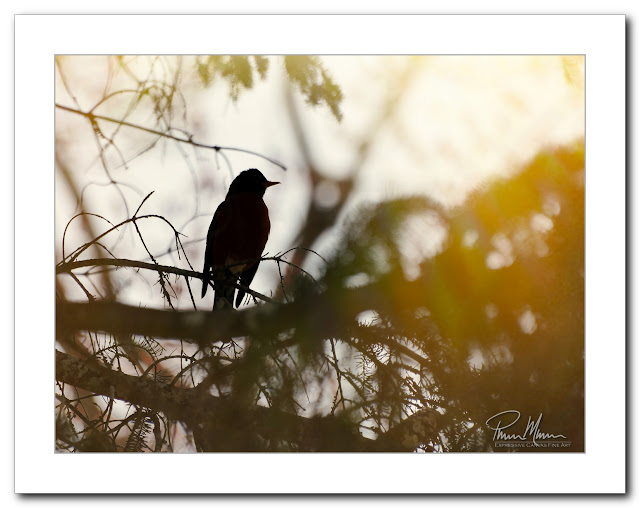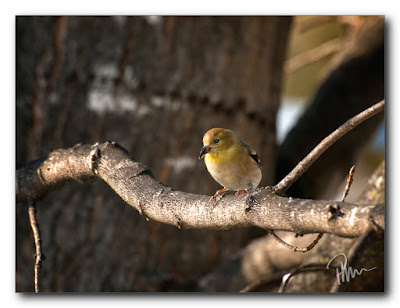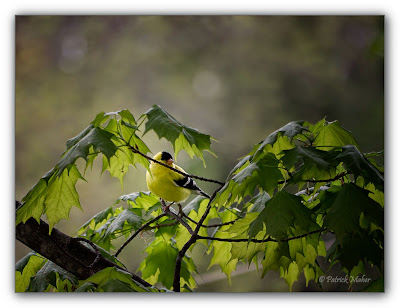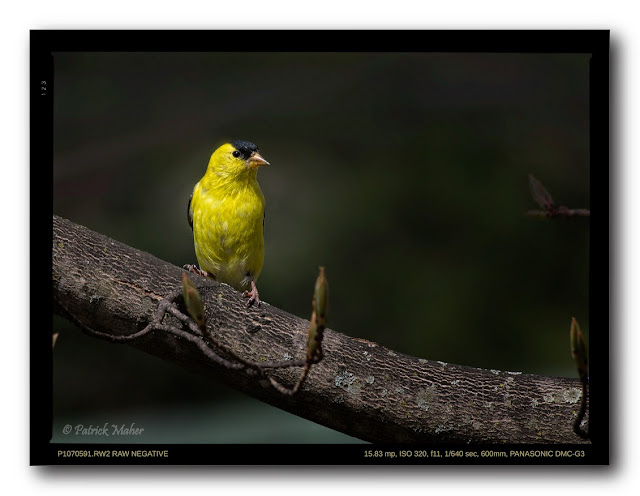Backlit Robin

I was feeling "okay" this morning (which means not all that well but not terribly lousy) so I pulled out a camera and opened the living room window to see if I could find something to photograph. I didn't feel like wandering outside. I wasn't feeling well enough to go wandering around outside and it was still a little chilly this morning anyway so I didn't have much of a desire to head outside. Also, it is a bit muddy out there too. I could live without the mud and chilliness so I stayed indoors and just opened our living room window to shoot some photos from the comfort of indoors. I used a few different lenses, getting a feel for each lens (I'm a bit out of practice after the long pandemic) but the lens I used for this photo was my lens with the longest focal length. I shot this one at 600mm... handheld without the steadiness of a tripod. The older I get, the more difficult holding a camera steady gets. The robin in this photo was in our...







